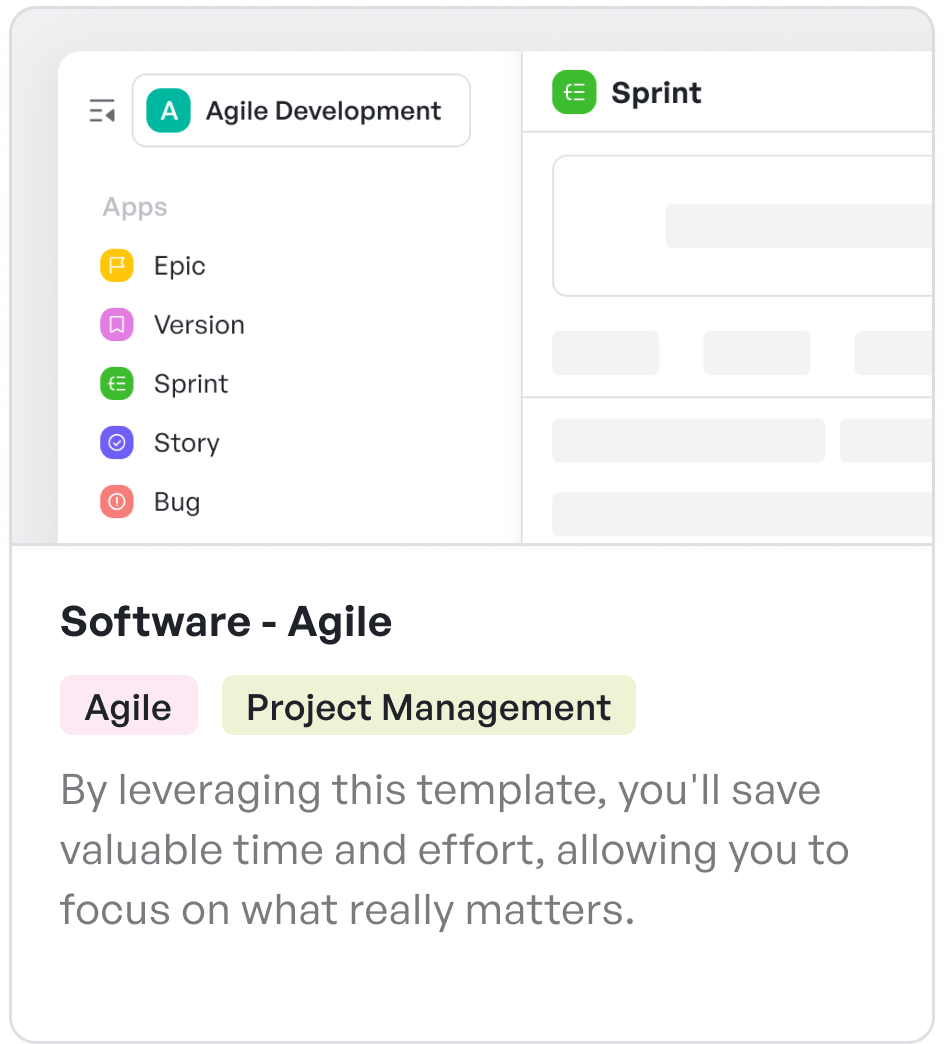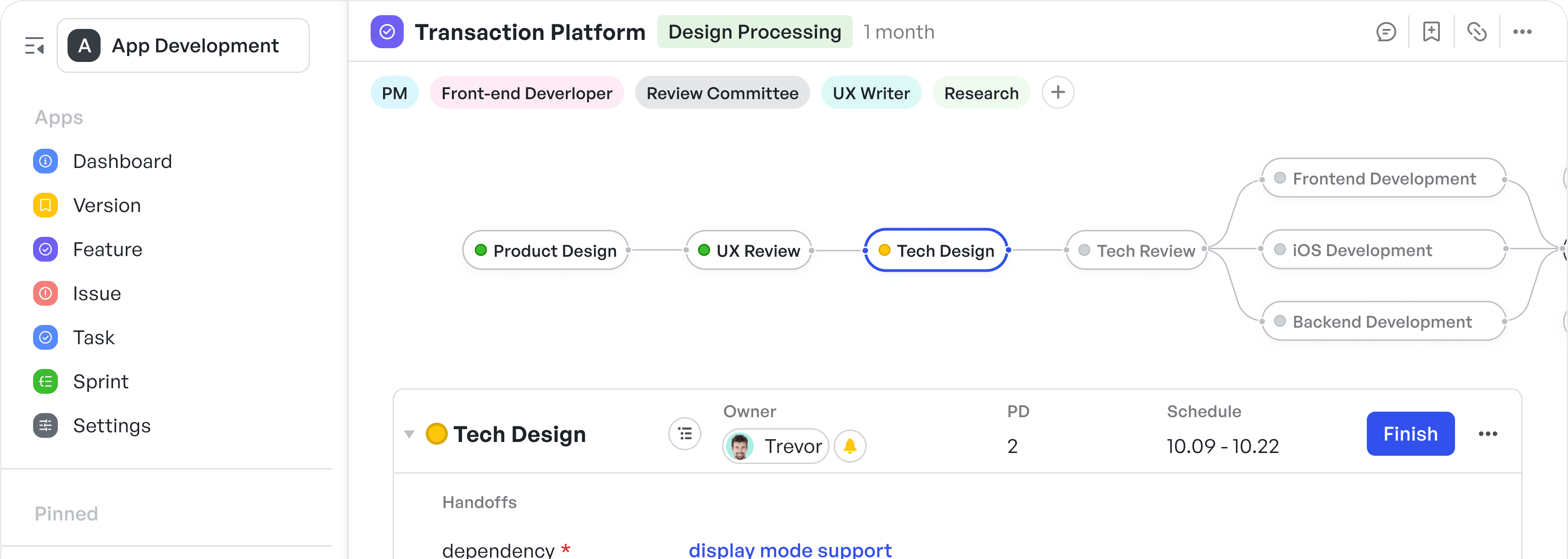Meegle boasts remarkable flexibility, catering to a diverse array of project management requirements. Tailored for product research and development teams prioritizing iterative enhancements, Meegle seamlessly incorporates key Scrum elements. Offering panoramic views, Kanban boards, and a range of other view options, along with features like work item association and requirement tracking, it empowers teams to effectively embrace agile development practices.
Introduction to Agile Development
The Agile Methodology: An Introduction
Agile development represents a methodology centered around people, iteration, and incremental progress. Within this framework, software projects are broken down into numerous stories, each of which undergoes thorough testing and validation before being swiftly delivered through continuous integration. Put simply, it involves dissecting a large project into smaller, interconnected yet independently executable requirements, completing them individually, and ensuring the software remains usable throughout the process.
The Agile Way: Principles and Frameworks
Agile methodology represents an iterative approach to software development, emphasizing incremental product delivery through short, time-boxed iterations known as Sprints, instead of large-scale releases. Different agile methodologies, such as Scrum, Extreme Programming (XP), Feature-Driven Development (FDD), and Rational Unified Process (RUP), offer distinct frameworks for implementing agile principles. Currently, Scrum stands out as the dominant agile development methodology, emphasizing:
- Consistency in development objectives
- Short iteration cycles
- Swift delivery of results
- Focus on business priorities
- Continuous inspection and adaptation
The Scrum Team: Roles and Responsibilities
Product Owner: defines user requirements, drafts user stories, prioritizes tasks, and manages the product backlog;
Scrum Master: facilitates the Scrum process, ensuring adherence to Scrum principles and rules without dictating team decisions. Typically, the Scrum Master also serves as the PMO.
Development Team: executes the development tasks, comprising cross-functional individuals with diverse skills (e.g., designers, developers) and typically consists of 5 to 9 members.
The Scrum Rhythm: Key Stages
- Product owner, driven by a user-centric approach, crafts user stories and product requirements to populate the backlog, ensuring alignment with the overarching goal of the Scrum team.
- Scrum master sets the pace of Sprint and continuously refines it. Typically, a Sprint spans 2-4 weeks.
- Based on requirement priority, the entire product backlog is broken down into multiple Sprint Backlogs, each tailored to match the current resources, ensuring attainability of the goal.
- A backlog grooming meeting is convened, where the product owner presents a batch of user stories slated for the next iteration, elucidating them to the team. The Scrum master then collaborates with team members to dissect the user stories and pre-plan tasks.
- A sprint planning meeting is conducted to elucidate tasks for the upcoming sprint, prioritize them, and allocate them to individual team members.
- The team embarks on the sprint development cycle, punctuated by daily scrum meetings.
- Upon completion of the Sprint cycle, a Sprint review meeting is held to showcase the outcomes to the product owner or stakeholders.
- Team members convene a final sprint retrospective meeting to distill key insights and lessons learned from the sprint.
- Following the retrospective, the team proceeds to repeat the process for the subsequent sprint, maintaining the iterative rhythm of Scrum.
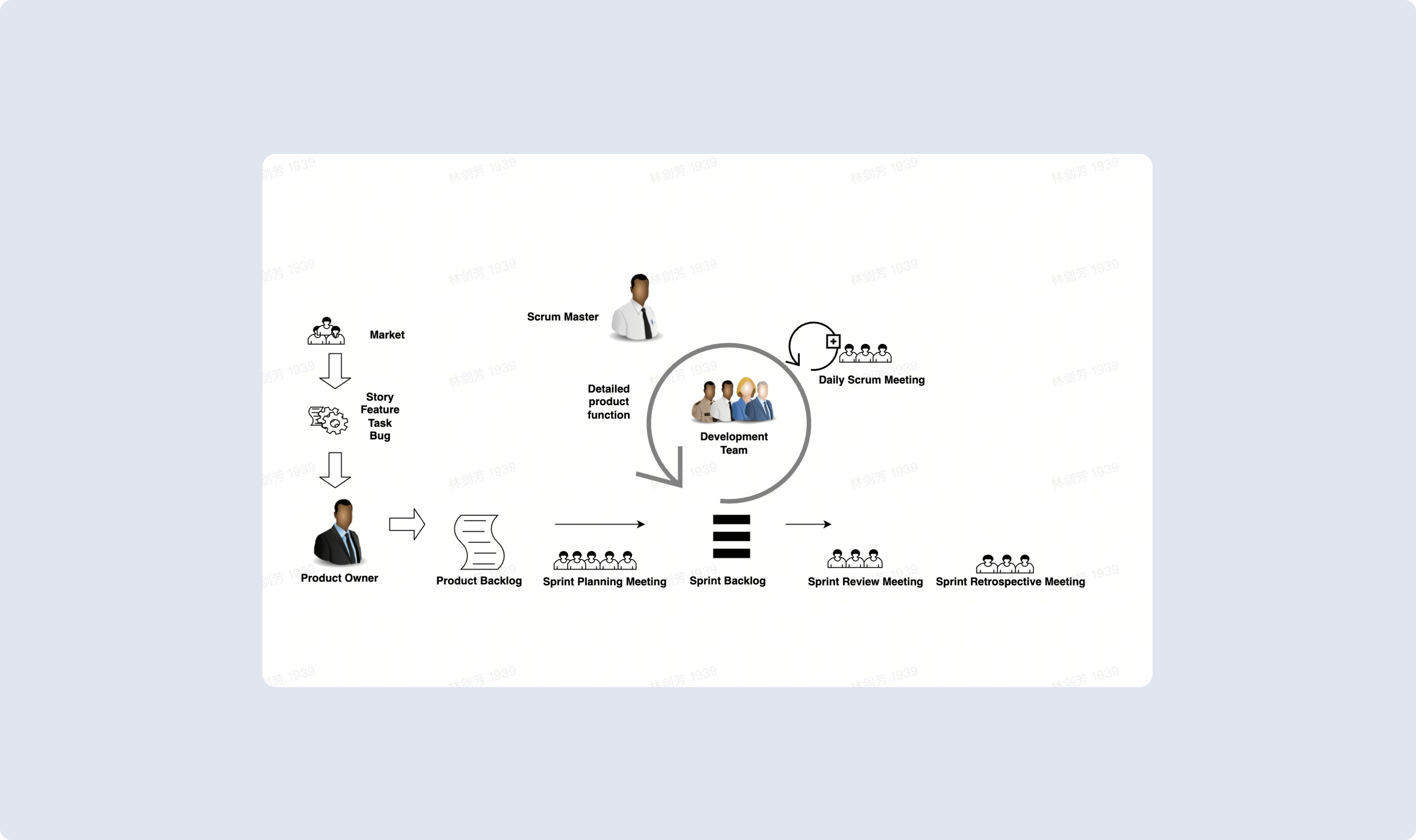
250px|700px|reset
Implement Agile Development with Meegle
Preparation: Centralized Product Requirements with Clear Sprint cycles
Prior to Sprint meetings, product requirements are centrally managed with clearly defined and visual Sprint cycles in place. The Product Owner (PO) gathers requirements from multiple stakeholders and compiles them into the Product Backlog, prioritizing them based on their business value.
Requirements Collection
Meegle facilitates requirements collection from all spaces via the Panoramic View serving as a centralized repository for the requirements backlog. Product owners can filter, sort, and group requirements for classification, saving classification results as a new view for easy access.
Sprint Management
Define and continuously optimize Sprint cadence. Meegle enables unified management of Sprint time, status, and responsible parties through independent work items. Typically, each Sprint lasts for 2-4 weeks.
Sprint Planning Meeting
According to the Sprint cycle, the Scrum Team schedules and initiates backlog grooming meetings and Sprint planning meetings.
Sprint Backlog
At the sprint planning meeting, the Scrum team collaboratively chooses high-priority requirements from the requirement pool, taking into consideration priority and requirement documents. These selected requirements are then saved as a new view in Meegle, allowing for seamless integration into the corresponding sprint backlog.
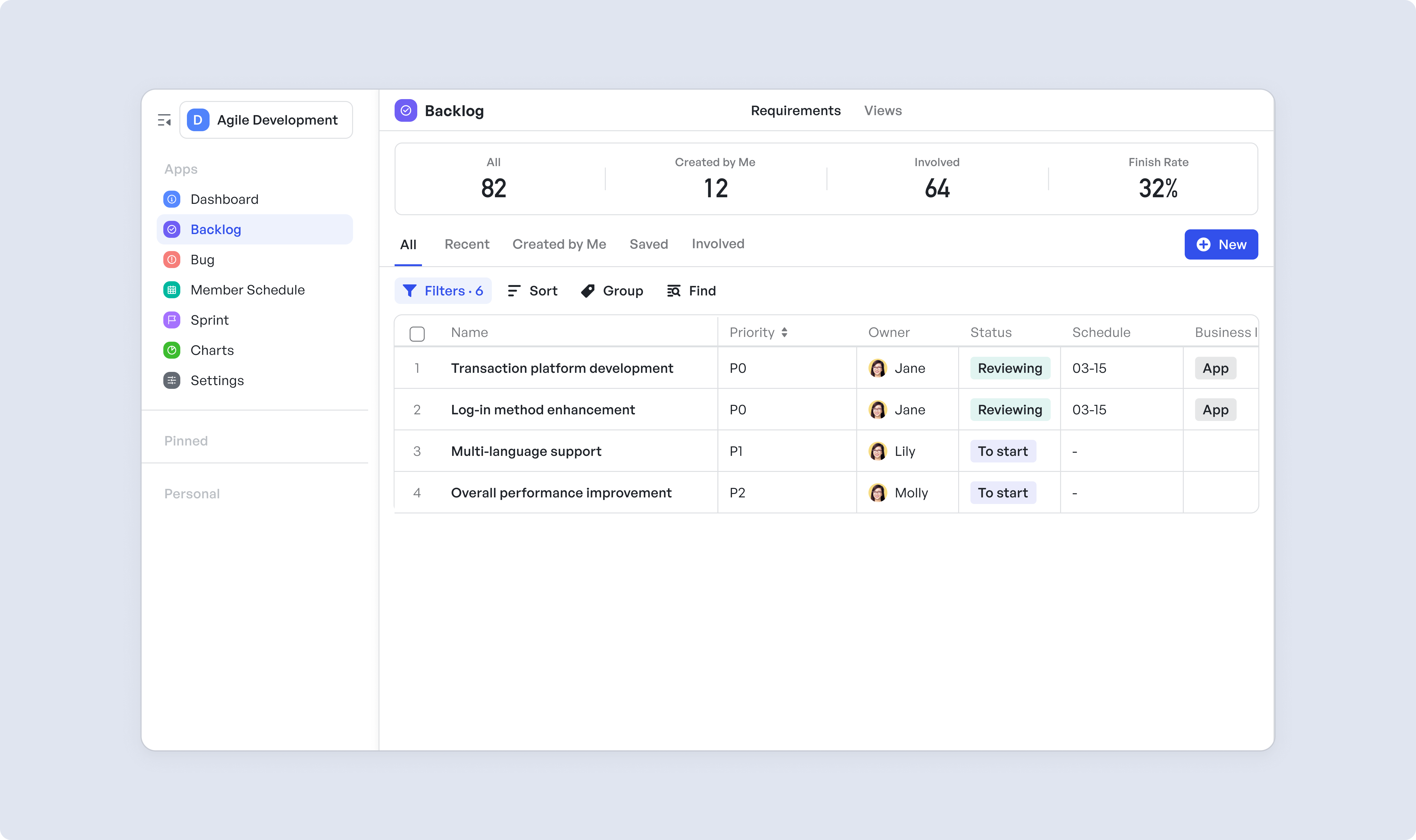
250px|700px|reset
Scheduling and Task Breakdown
Scrum Master and Development Team members decompose requirements into tasks to be executed by different roles (e.g., development tasks, testing tasks). Meegle's detail page facilitates task breakdown by providing node details with assigned person in charge and corresponding scheduling.
By utilizing a clear parallel node flow, the development process is unified and visually represented, resulting in time savings for removing cards and facilitating the continuous follow-up of the required process.
With the implementation of Meegle, team members can swiftly join the Chat Group. This ensures a smooth flow of information before and during development, enabling discussions and changes to take place in a centralized location, ultimately reducing any information gaps.
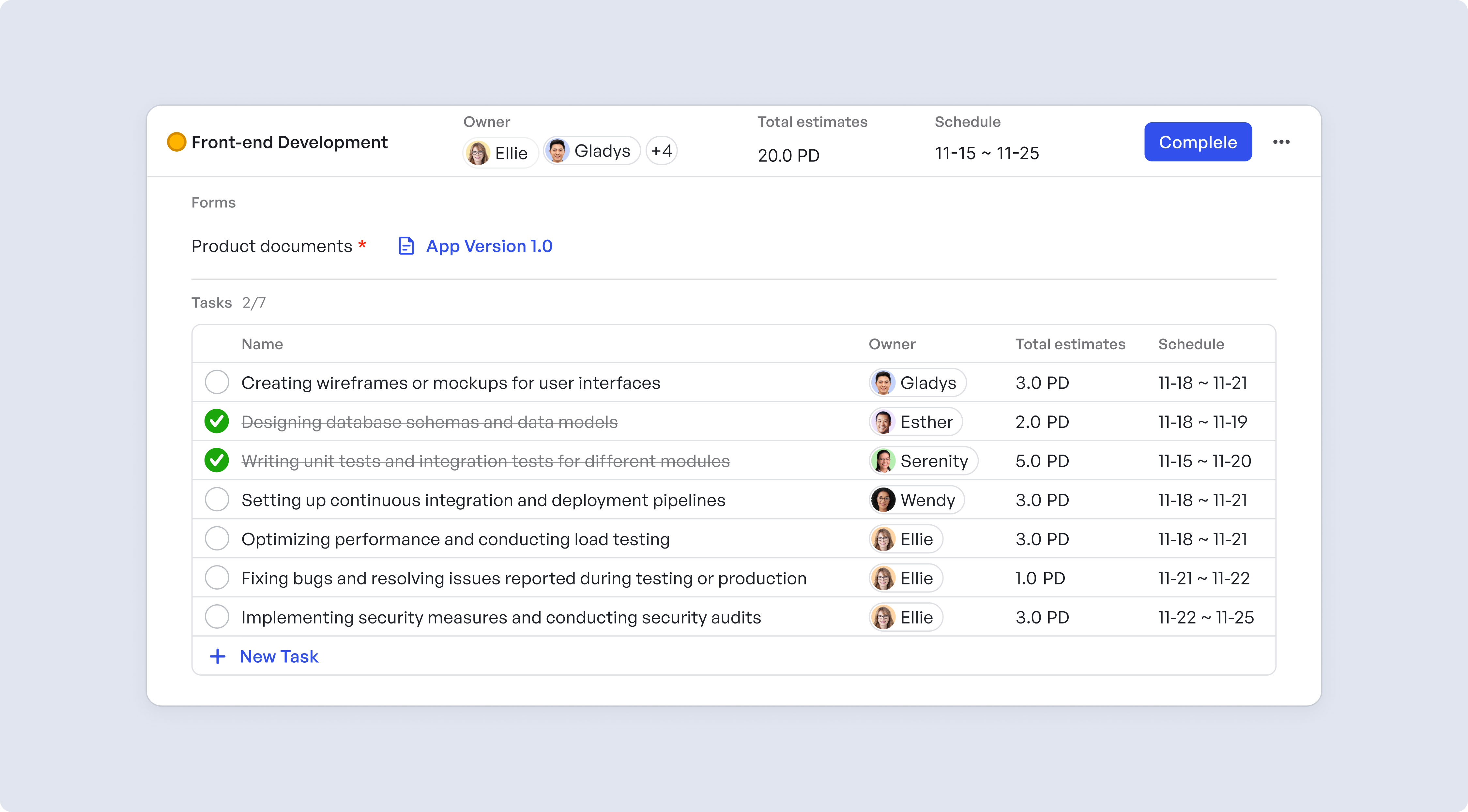
250px|700px|reset
During Sprint Cycles: Easy Tracking with Swift Kanban Board
Ensure transparent tracking of progress and swift circulation of the board.
Requirement Management
Manage requirements and bugs for a Sprint comprehensively through Meegle's work item associations, tracking task progress and responsible parties in real-time.
Progress Tracking
Use reminders to prompt development team members to attend daily stand-up meetings, typically last for 15 minutes. Synchronize information through Meegle Kanban view, facilitating quick access to task details.
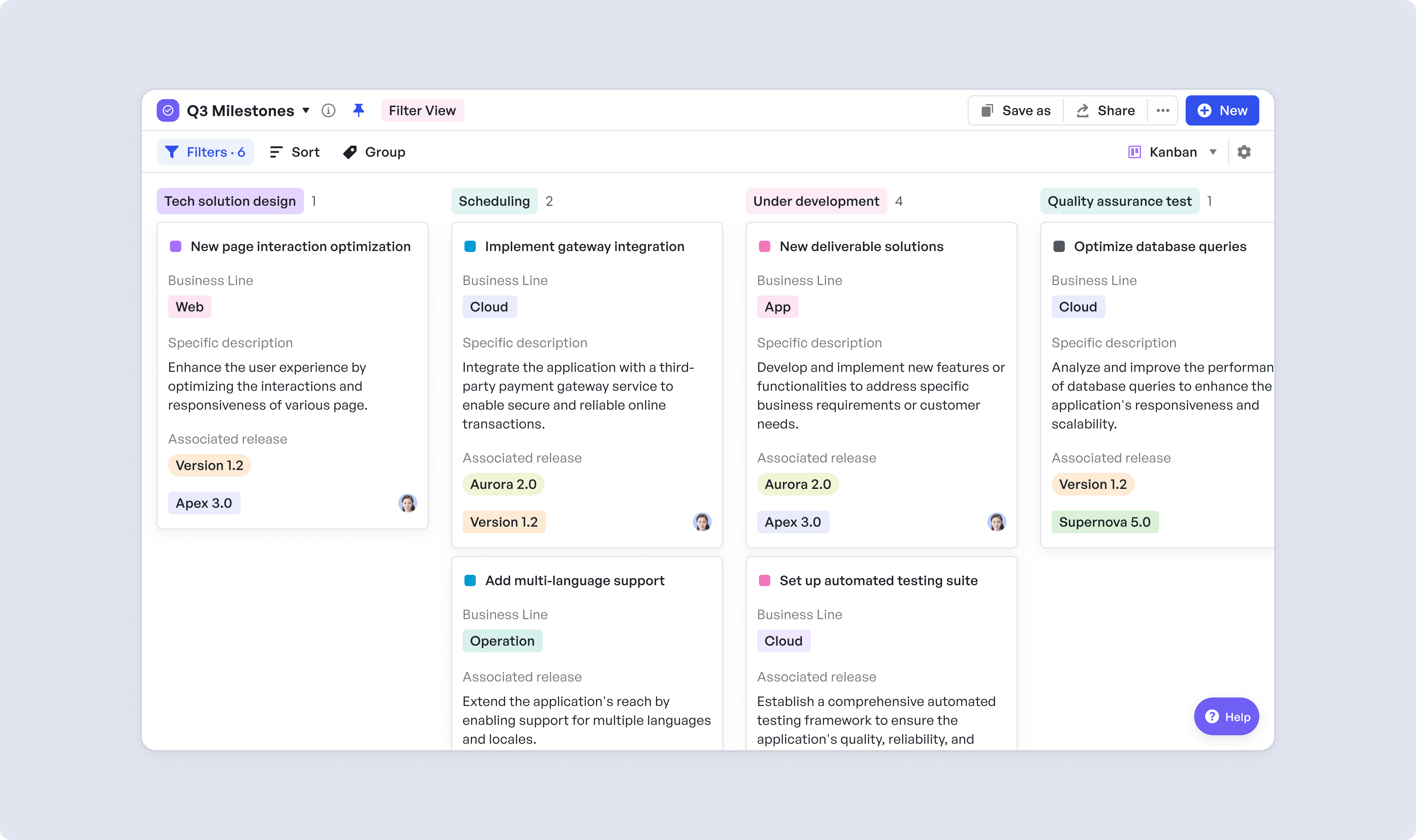
250px|700px|reset
Definition of Done (DOD)
Prior to marking a node as complete, team members are required to conduct self-assessments based on the tasks associated with the node. This includes verifying if it meets criteria such as passing static code checks and successful completion of development self-tests. Definition of Done (DOD) details can be conveniently displayed within the node interface, ensuring visibility for the entire team. The Definition of Done (DOD) is flexible and can be customized to suit specific project requirements and circumstances.
Data Reporting
Utilize Meegle's measure module, including Work-in-Progress (WIP) and Iteration Burn-Down Chart, to monitor overall iteration progress.
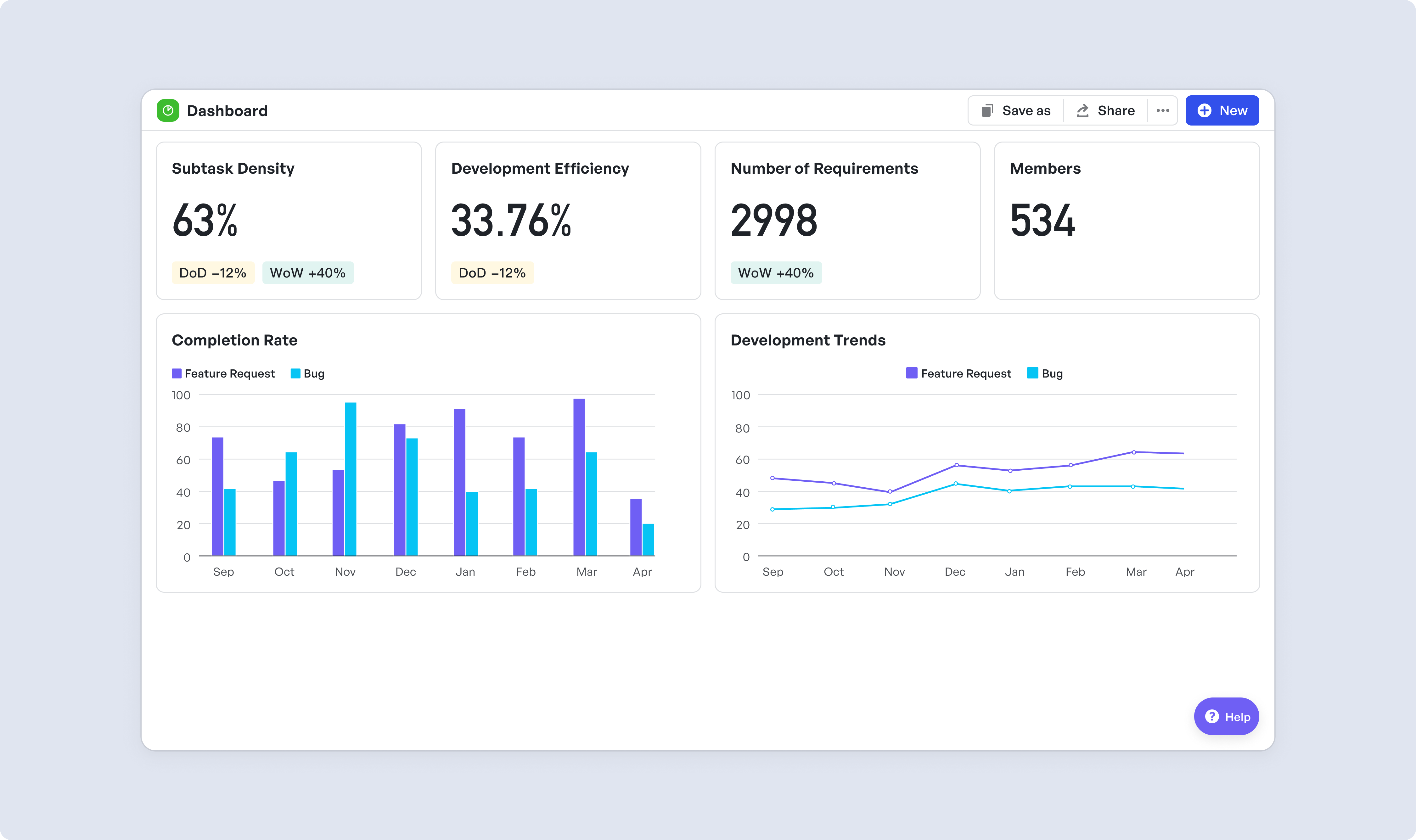
250px|700px|reset
End of Sprint Cycles: Continuous Improvement through Real-time Analysis
The closure of a sprint doesn't signal the conclusion of Agile development; rather, ongoing retrospective iterations and evaluations lay the groundwork for the next sprint.
Sprint Review Meeting
After a Sprint, conduct a Sprint Review Meeting to present results to the Product Owner and evaluate thoroughly.
Sprint Retrospective Meeting
Hold a Sprint Retrospective Meeting before the next Sprint Planning Meeting to review completed work, identify areas for retention and adjustment, and provide guidance for the upcoming Sprint.

250px|700px|reset
Try Meegle's Agile Development Template!

